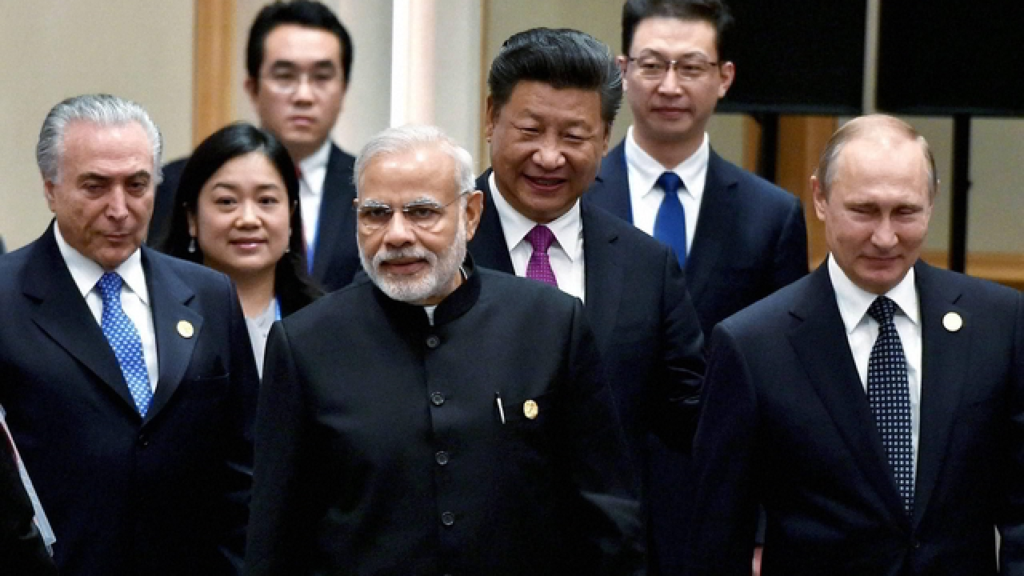Indian and China are all set to form an “oil buyer’s club” to counter the the cartel like behavior of OPEC in the oil market. The ‘time schedule’ and ‘detailed agenda’ is being decided by officials. “We are working on a possible meeting of the JWG soon. The idea is to make the meeting very productive,” said a government official. The proposal of forming a buyer’s collective came after the Wuhan summit meet between PM Modi and Chinese president Xi Jinping in April 2018. India is trying to get Japan and South Korea, the fourth and fifth largest oil importers respectively on the board to form a powerful buyer’s collective.
China is the world’s largest energy consumer with a consumption of 3,105 Mtoe (Million Tonnes of Oil Equivalent) per year while India is on third place with 934 Mtoe of energy consumption. Both countries are among the largest importers of oil and gas given that domestic production is very low. The collective would have good bargaining capacity against OPEC’s oil mafia.
The Organization of the Petroleum Exporting Countries (OPEC) is an international organization of 14 oil exporting countries led by Saudi Arabia which decides the amount of oil to be produced and therefore the price of oil in international markets. The 14 OPEC countries (Algeria, Angola, Ecuador, Equatorial Guinea, Gabon, Iran, Iraq, Kuwait, Libya, Nigeria, Qatar, Saudi Arabia, United Arab Emirates, and Venezuela,) account for an estimated 44 percent of global oil production and 73 percent of the world’s “proven” oil reserves, which gives OPEC a major leverage on global oil prices. The OPEC mafia manipulates the market prices of oil according to its will by decreasing or increasing production. Thus by creating a counter-alliance of oil importing nations, these countries could pressure OPEC to maintain a standard supply and negotiate the petroleum price.
The “balance of power” between the supplier and the customer should be maintained, otherwise the groups of suppliers will create a monopoly in the market and manipulate the price of the product as per their will. Recently, Sanjiv Singh, chairman of IOC, the largest refiner and retailer of oil in India met with Wang Yilin, Chairman of China National Petroleum Corp (CNPC), the largest petroleum company of China and discussed how to facilitate the transportation of more US crude oil into Asia.
This will combat the dominance of OPEC, which supplies about 60 percent of India’s oil needs. There is also a proposal that Indian oil companies directly purchase equity crude directly from Chinese companies. Many Chinese companies have a major stake in global oil and gas fields, and if India purchases equity crude from them then it will not have to face market volatility due to spot market purchase.
Together, India and China accounted for 17 percent of global oil consumption in 2017 and will fuel half of the global demand over the next five years. The West Asian OPEC members also charge ‘Asia Premium’ (higher price for shipments to Asian buyers) which is also a reason for discontent among Asian oil importing countries. According to Prof Yoshiki Ogawa of Japan, the Asian Premium annually costs somewhere around $5-10 billion for Asian importers. India had earlier tried to unite the oil importing countries two times during the UPA era but nothing fruitful came out of those meetings. Now with the Modi government at the helm of affairs, we could expect a positive result from the ‘oil buyer’s club’, which will help the country save money on oil imports. Oil import is a major problem for India, with most of the foreign reserves expended on it.
